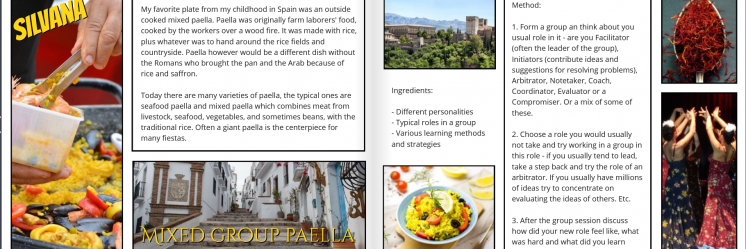Open learning – Sharing and Openness
The concepts of openness when sharing information has become especially relevant during the Covid-19 pandemic when most of onsite teaching was relocated online, and the question of open learning rose up. Before answering the immediate question, we need to trace back all the way to politics and University politics, how it is conducted and what is the role of information, knowledge and open learning in our countries. But since I can’t really answer that question, the only thing left is to wonder about concepts of openness, sharing and transparency.
The important questions to me are: why should we open up courses? The answers could be “wider audience”, “more possibilities to collaboration”, “equality and equity”. On the other side there is academic integrity, fear of plagiarism or even emotional ties. There is no dichotomy between openness and closeness, and therefore both concepts are contextual.
As an example, if a course is open, is it open for those who can’t afford internet or even a bus ticket. According to a study [1] based on the challenge to provide equitable opportunities for college students, students who received more transparency reported gains in three areas that are important predictors of students’ success: academic confidence, sense of belonging, and mastery of the skills that employers value most when hiring.
Talking in course scale, do our students always know why they are learning a certain subject and how it relates to what they are achieving? It would be nice to structure a class so that discussion is as free and open as possible and perhaps students participate in planning in some way. Many teachers use methodologies of blended learning such as lecture recordings and online quizzes for asynchronous learning or peer grading for students to build up inclusion and sense of larger understanding. Educational technology is a great asset in open learning.
[1] Winkelmes, M-A., Bernacki, M, Butler, J, Zochowski, M. Golanics, J. & Weavil, K.H. (2016). A teaching intervention that increases underserved college students’ success. Peer Review, vol. 18 (Winter/Spring), no. 1/2. Available at: https://www.aacu.org/peerreview/2016/winter-spring/Winkelmes

Responses